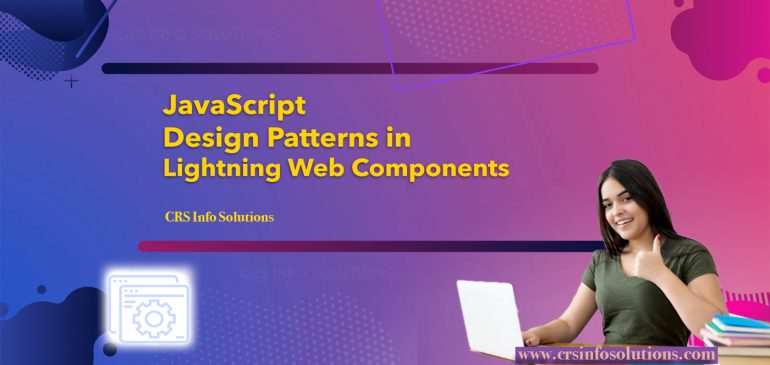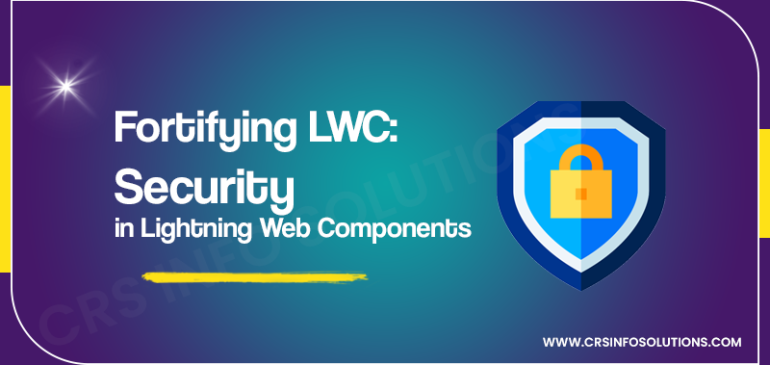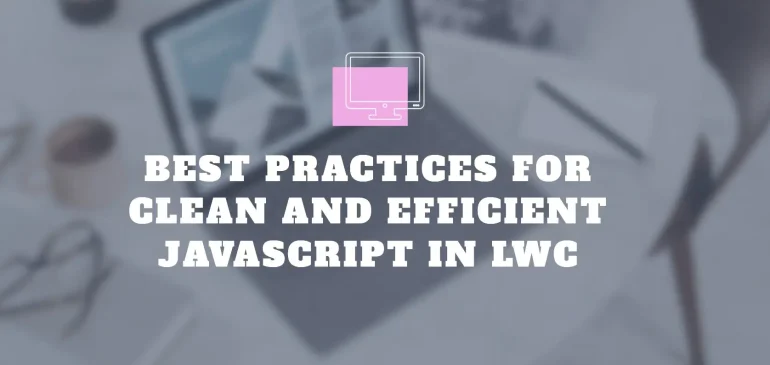Internationalization and Localization in LWC
When I started working with Lightning Web Components (LWC) in Salesforce, I quickly realized the importance of adapting my components to support internationalization (i18n) and localization (L10n). This is crucial for creating applications that can be used by a global audience. Let me share some tips and examples to help…
A Beginner’s Guide to Lightning Data Service and JavaScript
Table of Contents When I first embarked on my journey with Lightning Web Components (LWC) in Salesforce, I discovered the power of Lightning Data Service (LDS) in simplifying data retrieval and management. It’s like having a personal assistant for your data needs, handling the heavy lifting so you can focus…
Unraveling JavaScript Design Patterns in LWC
Table of Contents As I delved deeper into Lightning Web Components (LWC) development, I discovered the power of JavaScript design patterns in tackling common challenges. These patterns provide a structured approach to solving problems, making code more reusable, maintainable, and scalable. Let me share some insights and examples to illuminate…
Fortifying LWC: Security in Lightning Web Components
Table of Contents When I began exploring Lightning Web Components (LWC) in Salesforce, I quickly realized the importance of addressing security concerns to ensure the safety of my applications. Let me share some key insights and examples to help you navigate the security landscape in LWC development. Lightning Web Security…
Best Practices for Clean and Efficient JavaScript in LWC
Table of Content When I began my journey with Lightning Web Components (LWC) in Salesforce, I quickly realized that writing clean, maintainable, and efficient JavaScript code is key to building robust applications. Let me share some fundamental best practices and examples to guide you on this path. Embracing Best Practices…
Error Handling and Debugging in Lightning Web Components
Table of Content When I embarked on my journey with Lightning Web Components (LWC) in Salesforce, I quickly learned that robust error handling and effective debugging are essential for smooth development. Let me share some beginner-friendly insights and examples to help you navigate these challenges. Understanding Error Handling in LWC…
Enhancing Performance with DOM Manipulation in Lightning Web Components
When I first started working with Lightning Web Components (LWC) in Salesforce, I quickly learned that optimizing rendering performance is crucial for creating responsive and efficient applications. One way to achieve this is through effective DOM manipulation techniques. Let me share some insights and examples to help you understand this…
Mastering Modularity: A Beginner’s Guide to Structured Coding in Apex
When I first started coding in Apex for Salesforce, I quickly realized the importance of organizing my code into modules. It was a game-changer for me in terms of maintaining and reusing code. Let me share some insights and examples to help you grasp this concept. Example Code Snippets and…
Asynchronous JavaScript: Mastering Promises for Smooth Operations
Table Of Contents: Introduction As a beginner in JavaScript, one of the concepts that took my coding skills to the next level was understanding asynchronous operations and mastering Promises. In JavaScript, operations like fetching data from a server or reading files are asynchronous, meaning they don’t block the execution of…
Reusable Components in JavaScript
Table Of Contents As I began my journey into the world of programming, understanding Object-Oriented Programming (OOP) was a crucial milestone. OOP is a programming paradigm based on the concept of “objects,” which can contain data and code to manipulate that data. In JavaScript, this is achieved through the use…








